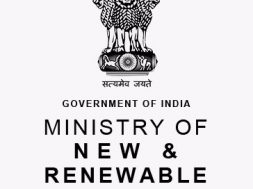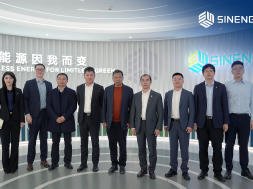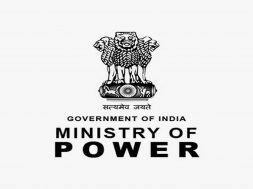
Statkraft, Deendayal Port Authority sign MoU for green hydrogen sites at Kandla port – EQ
In Short : Norwegian energy company Statkraft has signed a Memorandum of Understanding (MoU) with Deendayal Port Trust, also known as Kandla Port, to explore the development of green hydrogen sites at the port. This strategic collaboration aims to leverage Statkraft’s expertise in renewable energy and Deendayal Port’s infrastructure to establish green hydrogen production facilities. By harnessing renewable energy sources, the project aims to promote sustainable practices and reduce carbon emissions, contributing to India’s green energy transition.
In Detail : Renewable energy developer Statkraft and the Deendayal Port Authority (DPA) have entered into a non-binding Memorandum of Understanding (MoU) to explore opportunities for establishing green hydrogen production facilities at Kandla port in Gujarat.
Rahu Varshney, the Country Manager for India at Statkraft, expressed confidence in India’s potential to lead the way in the transition to a hydrogen-based economy. The primary focus of this MoU is to identify and evaluate suitable locations for green hydrogen development.
This milestone agreement was formalized at the Global Maritime India Summit 2023, held on October 17, 2023, in Mumbai, according to an official press release. The MoU represents the initial step towards the creation of a prospective green hydrogen hub at Deendayal Port.
Currently, India consumes approximately seven million tonnes of gray hydrogen annually, making it the world’s second-largest hydrogen consumer. Projections indicate that India’s hydrogen demand is expected to rise to 12 million tonnes by 2030 and further escalate to around 28 million tonnes by 2050.
India’s commitment to achieving net-zero emissions by 2070, as announced during the 26th UN Climate Change Conference, is anticipated to drive increased demand for green hydrogen in one of the world’s fastest-growing economies.
Emissions from challenging-to-decarbonize sectors such as steel, cement, and refineries contribute approximately 9 percent of global greenhouse gas emissions. Green hydrogen is poised to play a pivotal role in substituting gray, fossil fuel-based hydrogen, as well as coal and natural gas, as a clean fuel and feedstock option in these sectors.














